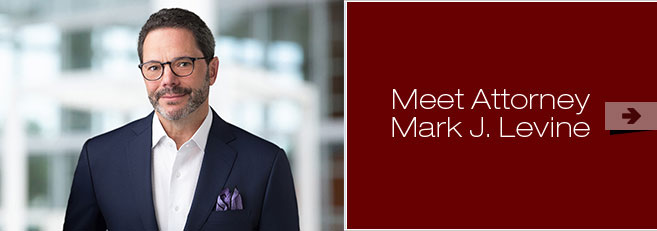Categories
Recent Posts
- Meaningful Harassment Training
- Put it in Writting
- Get A Receipt: How to stop employee misappropriation
- Focus on the Wins
- HALLOWEEN EDITION: CUES TO CALL A LAWYER
Archives
- December 2023
- October 2023
- May 2023
- February 2023
- October 2022
- August 2022
- May 2022
- April 2022
- March 2022
- January 2022
- June 2021
- May 2021
- December 2020
- September 2020
- July 2020
- May 2020
- March 2020
- February 2020
- December 2019
- October 2019
- September 2019
- June 2019
- April 2019
- March 2019
- January 2019
- December 2018
- September 2018
- June 2018
- May 2018
- February 2018
- January 2018
- December 2017
- September 2017
- July 2017
- May 2017
- April 2017
- January 2017
- October 2016
- September 2016
- July 2016
- June 2016
- May 2016
- March 2016
- February 2016
- December 2015
- November 2015
- October 2015
- August 2015
- June 2015
- May 2015
- March 2015
- January 2015
- December 2014
- November 2014
- September 2014
- August 2014
- July 2014
- May 2014
- April 2014
- March 2014
- February 2014
- January 2014
- November 2013
- September 2013
- August 2013
- July 2013
- June 2013
- May 2013
- April 2013
- February 2013
- January 2013
- October 2012
- August 2012
- July 2012
- May 2012
- April 2012
- January 2012
- December 2011
- November 2011
- October 2011
- September 2011
- May 2011
- March 2011
- January 2011
- December 2010
- November 2010
- October 2010
My 7 to 7 Rule
Posted on June 1, 2018 in Consulting
I adopted a new “7 to 7 Rule” some time ago after realizing that I let work spill over into the personal time of my family and colleagues. Simply, I choose to engage my associates between 7 a.m. and 7 p.m. during workdays. Any time outside that window, including weekends, are off limits.
That my family is the biggest fan of the Rule is no surprise. If I am thinking about work, I am not engaging with my family. Everyone needs a break and an opportunity to relax so that they are better prepared to fully engage the next day. If you want to read more on this concept, then check out The Power of Full Engagement by Jim Loehr and Tony Schwartz. I generally hate anything on the self-help aisle, but I love this book. Its message is straight-forward: we should first manage our energy rather than our time. In all aspects of life, therefore, we should focus, dedicate, and then take breaks so that we can begin each day stronger and more engaged. In other words, we should think of life as a series of sprints as opposed to a marathon.
There is another great rationale for this rule and the teachings in The Power of Full Engagement: namely, to be our best is physically and mentally impossible when we are tired and unfocused. My late-night texts and emails often turn into digressions and diversions. Bosses usually offer nothing genius in late-night communications. And sadly, late-night supervisor communications are more often associated with inappropriate intentions and very bad messages. See the demise of Roseanne. Only TV stars can blame Ambien; the rest of us live with significant personal impact for insipid comments. If a light-bulb really turns on, supervisors should take note and address the issue during normal business hours. The habit I have been developing is to send myself an email whenever a work thought surfaces; then, I can have a personal reminder during the next business day to address my thought with colleagues.
Most obviously, inconvenient urgencies arise affecting our teams. But the term “urgent” should be used literally and sparingly. If everything is urgent, then nothing is urgent and priorities get confusing. And when true urgencies arise, supervisors must contribute at the same level as their teams.

